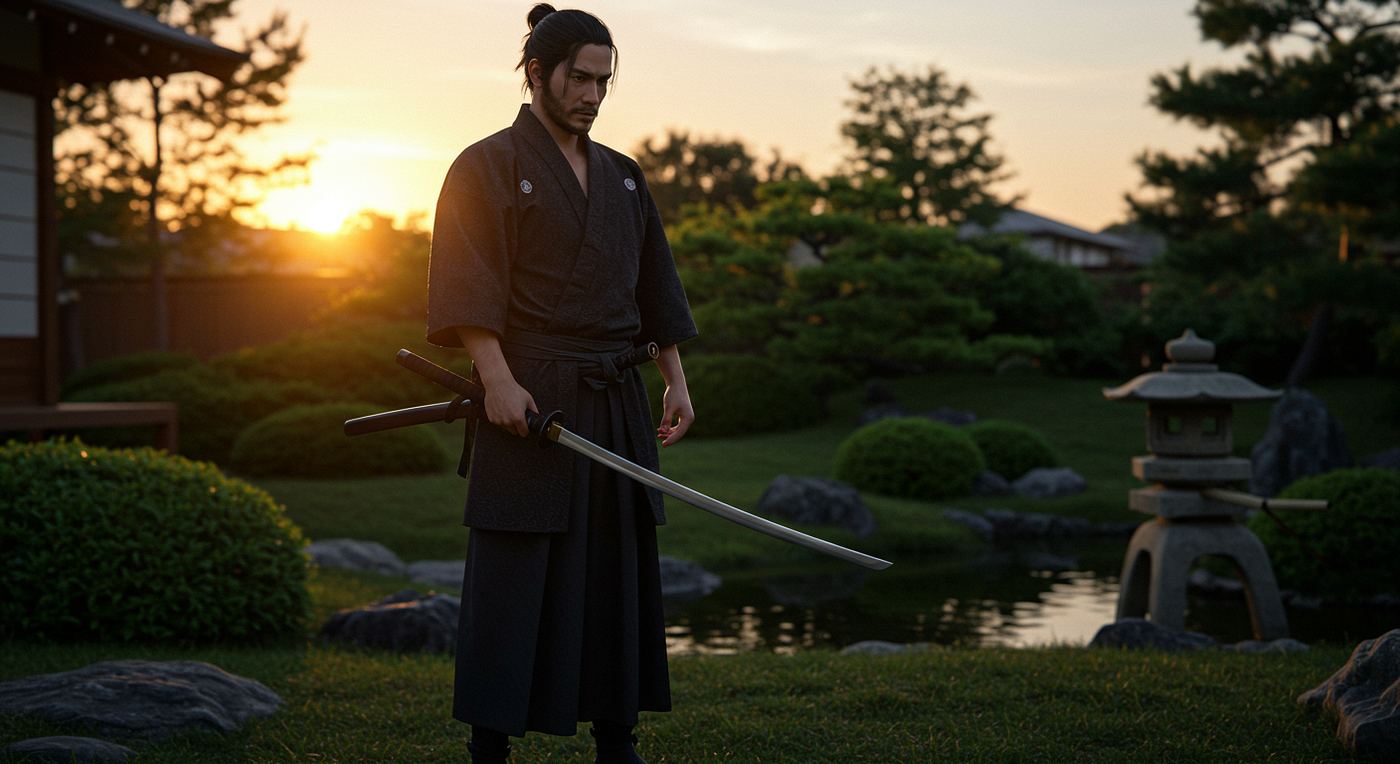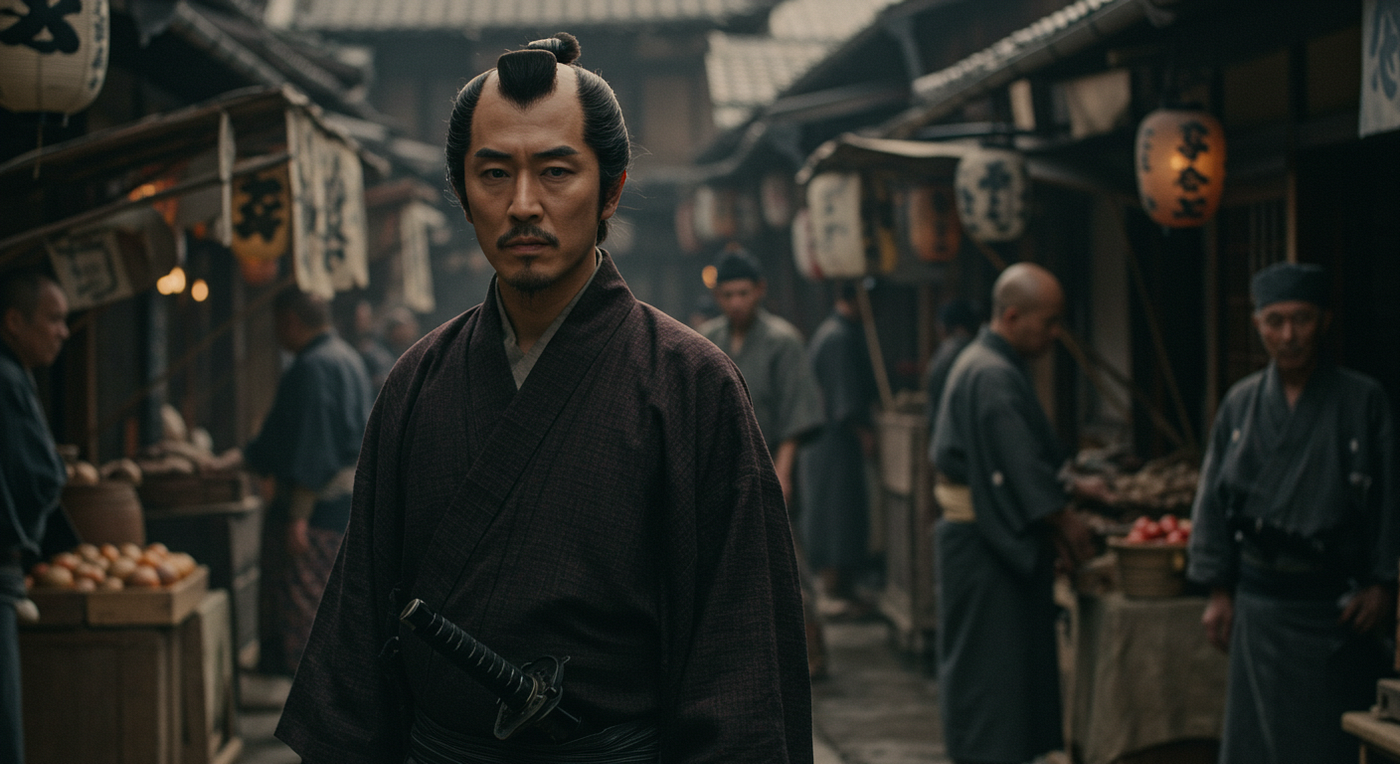
What comes to mind when you hear the word “samurai”?
A brave swordsman in armor? A stoic warrior who lives and dies by honor?
While popular culture often focuses on the sword-fighting aspect of samurai, the truth behind their origin, lifestyle, and beliefs is far deeper — and more fascinating.
Let’s take a closer look at how samurai came to be, what Bushido really means, and what everyday life was like for these iconic Japanese warriors.
How Were the Samurai Born?
The samurai originated during Japan’s Heian period (794–1185), when aristocrats hired armed guards to protect their estates. These guards gradually became highly skilled in martial arts and warfare and later evolved into a class of professional warriors known as “samurai.”
The term samurai comes from saburau (侍う), which means “to serve.” Samurai were not independent warriors — they were employed by nobles, generals, and eventually shoguns. Those without a master were known as ronin.
Early on, the samurai served aristocrats, but over time they formed military groups (bushidan) and gained political power. In the late Heian period, powerful clans like the Genji (Minamoto) and Heike (Taira) rose to power and challenged the traditional aristocracy. This led to the establishment of Japan’s first military government, the Kamakura shogunate, and the beginning of samurai rule.
What Is Bushido?
Bushido (武士道), meaning “the way of the warrior,” is the ethical code of the samurai. It’s a uniquely Japanese philosophy that blends Shinto, Buddhism, and Confucian values.

The term Bushido was popularized by Inazo Nitobe, who published Bushido: The Soul of Japan in 1900. He wrote it in response to a question he received while studying in Germany: “Without religion, how do Japanese people teach morality?” His answer became one of the most famous books about samurai ethics.
Bushido includes seven core virtues:
義 : Gi (Righteousness)
勇 : Yu (Courage)
仁 : (Benevolence)
礼 : Rei (Respect)
誠 : Makoto (Honesty)
名誉 : Meiyo (Honor)
忠義 : Chugi (Loyalty)
To a samurai, fulfilling one’s duty — even at the cost of life — was the highest form of honor. This idea gave rise to the belief that “to die in battle is glorious, to live in shame is disgraceful.” The act of seppuku (ritual suicide) was seen as a noble way to protect one’s honor after failure.
Bushido is often compared to cherry blossoms: beautiful but fleeting. A famous phrase captures this ideal:
“Bushido is found in death.”
Even in Hollywood, this idea has made an impression. In The Last Samurai, a character says:
“A man’s life is like a cherry blossom. In every breath, every sip of tea, every fight — there is life. That’s the samurai way. That’s Bushido.”
What Was the Samurai’s Daily Life Like?
Samurai were trained from childhood to be loyal, disciplined, and skilled in both martial and literary arts. The 1615 Buke Shohatto (Code for the Warrior Houses) required samurai to be well-versed in both sword and pen — bunbu ryodo (文武両道).
Frugality and dignity were key values. The phrase
“Even if a samurai goes hungry, he keeps his pride”
(bushi wa kuwanedo takayōji) reflects the idea of noble poverty. A samurai was expected to maintain honor and humility, no matter his financial situation.
Samurai jobs fell into two categories:
- Bango (military duties): guarding castles, training, defense.
- Kojikata (civil duties): administration, finance, policing, ceremony planning.
During the peaceful Edo period, military roles diminished and samurai functioned more like bureaucrats or public servants. They handled accounting, inventory, and logistics. Their salaries were low, so many took on side jobs — making umbrellas, raising insects, or growing morning glories.
They also enjoyed hobbies like kabuki, poetry, flower arrangement, or gambling. Still, many ended up borrowing money from wealthy merchants.
Why the Topknot? The Chonmage Explained
Why did samurai shave the tops of their heads and tie up the rest? The answer lies in practicality.

In Japan’s humid climate, wearing a helmet for long hours during battle caused heat buildup. To prevent overheating, samurai shaved the crown and tied the remaining hair in a topknot called a chonmage. The shaved part was called sakayaki.
This style became a fashion trend among commoners in the Edo period. But in 1871, the Meiji government encouraged Westernization and banned traditional hairstyles, marking the end of the chonmage era.
Yet the legacy survives — in sumo. Lower-ranked wrestlers still wear the chonmage, while upper-ranked wrestlers sport the fancier oicho (ginkgo-leaf) knot.
The samurai were more than warriors — they were thinkers, administrators, and cultural icons shaped by strict values and a deep sense of honor. While they no longer walk among us, the spirit of Bushido still echoes in modern Japanese culture, from martial arts to anime, and even in daily etiquette.
Next time you see a cherry blossom fall, remember:
That fleeting beauty was once the soul of a warrior.
Comments
Post a Comment